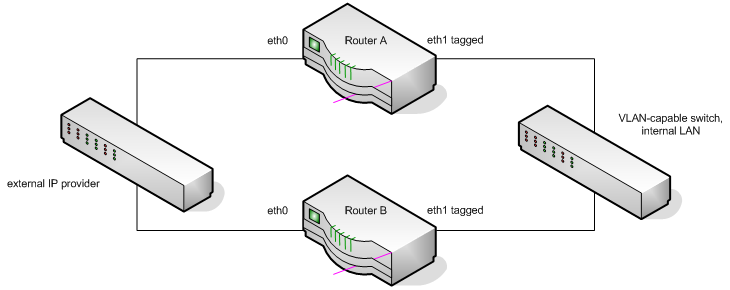In the last 3 weeks our company mail servers have been slammed with a massive increase in spam relay attempts. Logs showed many failures like so.
Jul 12 14:15:26 mailserver.example.com postfix/smtpd[19885]: NOQUEUE: reject: RCPT from 206.12.0.10.in-addr.arpa[10.0.12.206]: 554 5.7.1 <symons@yahoo.co.uk>: Relay access denied; from=<yyjaqveh@lpsb.com> to=<symons@yahoo.co.uk> proto=ESMTP helo=<206.12.0.10.in-addr.arpa>
IP addresses have been obscured to protect the guilty (or ignorant, as this is certainly a botnet). Unfortunately, a large number of the IP addresses in question belonged to my own satellite customers. Mail servers for our other domains were almost entirely unaffected. Which tells me that some bastard has written a botnet spam client that looks up its own public IP, finds the reverse DNS entry, looks up the MX record of the corresponding domain, and then attempts to relay mail through that server. This is particularly mean, as it will encourage your own ISP to shut you down.








Recent Comments